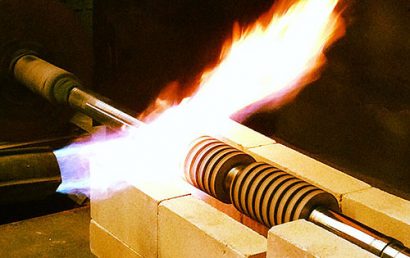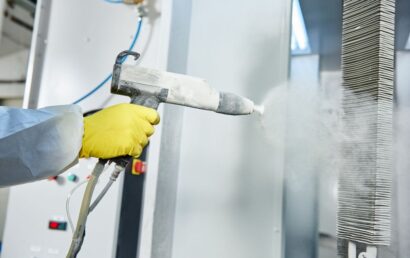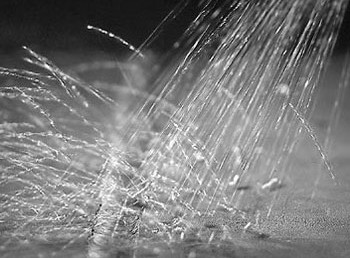HVAF Tungsten Carbide Thermal Spray Vs. Hard Chrome Plating
For many years, hard chrome plating remains one of the most popular surface coating options in many industrial and automotive applications. However, with technological advancements in thermal spray and rising environmental pressure against hexavalent chrome, HVAF tungsten carbide thermal spray is now similar in price and quality to hard chrome plating. Let’s see how HVAF tungsten carbide thermal spray compares against hard chrome plating in some key performance areas.
Wear and Abrasion Resistance
When considering wear resistance, the first thing that comes to mind is hardness. On the most fundamental level, the tougher the material, the better the wear resistance. Comparing between HVAF tungsten carbide thermal spray and hard chrome plating, the former provides better hardness and suffers from less volume loss in tests.
Cracking
For thermal spray, cracking is often a function of coating ductility and a little amount of binding strength. The Young’s Modulus of the coating may be used to calculate ductility. Not only is this reliant on the coating material used, but it may also be strongly influenced by the coating process itself. HVAF tungsten carbide thermal spray has been shown to have higher ductility than hard chrome plating.
As for fracture toughness, which uses the stress intensity factor, HVAF tungsten carbide thermal spray and hard chrome plating are about the same. This means that the critical stress threshold of a sharp fracture when crack propagation suddenly becomes fast is about similar for the two solutions.
Corrosion Resistance
Corrosion is a natural chemical process that can occur when parts are exposed to hostile industrial environments or even while they are working normally. It’s critical to ensure that your parts are secure. Corrosion occurs at varying rates in different materials, although porosity is critical in coatings. Porosity in hard chromium plating can be difficult to evaluate since it cracks naturally during coating development. An HVAF tungsten carbide thermal spray can withstand the 1000-hour salt spray corrosion test. On the other hand, hard chrome plating can withstand a 150-hour test.
Friction
Friction is another major area in which hard chrome plating does well in and had a monopoly until HVAF came into the picture. Previously, thermal spray required extensive polishing and grinding to compete with hard chrome plating, which increased the price beyond what was economically feasible. HVAF coatings now have an as-sprayed roughness of around 32 Ra, are sprayed thinner, and may be readily polished to 0 Ra without grinding. This saves both money and time.
Finding the Right Solution
If you’ve been using hard chrome and it’s been working for you, that’s fantastic, but if you’re feeling the pinch of growing prices or simply want to try something new, it might be time to look into alternative possibilities. Thermal spray, in particular HVAF, can be a cost-effective and similar option. When it comes to surface solutions, hard chrome and thermal spray will always have a place. Knowing what you require from your surface coatings is essential in determining which of these procedures will be most effective in extending the life of your machine components.



